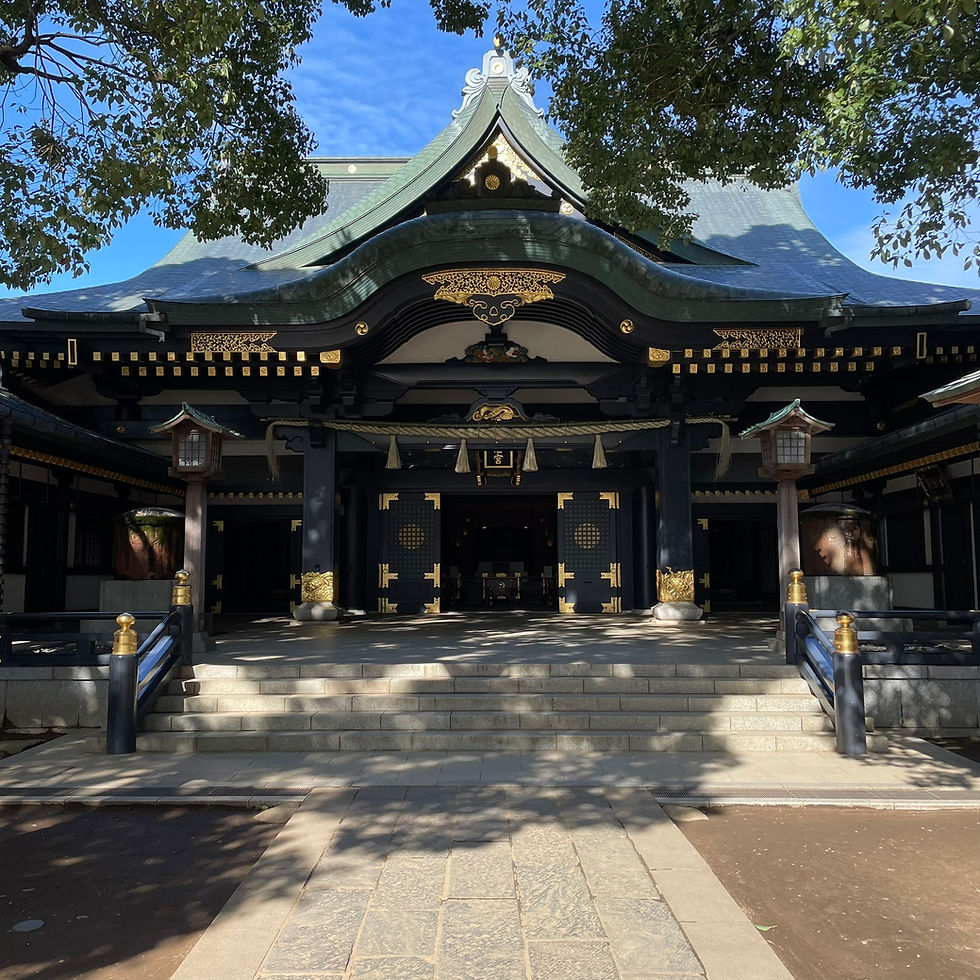Discover the Art of Japanese Woodworking Joints: Kigumi Experience
- Shinya Yamada
- Mar 5, 2024
- 2 min read
Updated: Sep 24, 2024
Explore the Precision of Japanese Woodworking Joints Kigumi
Immerse yourself in the world of Japanese traditional techniques that have masterfully integrated natural materials like wood into architectural marvels, designed to withstand the forces of nature such as earthquakes and typhoons. These techniques have given rise to historic constructions like the Horyuji Temple, showcasing Japan's rich architectural heritage.

UNESCO Recognition of Traditional Japanese Architectural Techniques
In 2020, these traditional Japanese architectural techniques, celebrated as 'Traditional skills, Techniques and knowledge,' were honored as UNESCO Intangible Cultural Heritage. Among the 17 cultural heritages recognized by UNESCO, 'Carpentry for Buildings' stands prominently, with 'wood joinery' or Kigumi, playing a pivotal role.

The Timeless Legacy of Kigumi in Japanese Architecture
Back to the Asuka period (592–710), kigumi or wood joinery is a hallmark of Japanese construction, exemplified by the Horyuji Temple, the world's oldest wooden structure. This method eschews metal hardware, relying instead on the intricate carving and fitting of wood, allowing structures like Horyuji Temple and Himeji Castle to endure for centuries.
Experience the Complexity and Precision of Kigumi
At the "Kigumi Museum," visitors have the unique opportunity to touch, assemble, and disassemble wood joinery, gaining a firsthand appreciation for the complexity and precision that underpins iconic wooden structures in Japan. This tactile experience reveals why these buildings have withstood a millennium in earthquake-prone Japan with minimal use of nails.

Beyond Woodworking: Exploring Sakan, Urushi Nuri, and More
The "Kigumi Museum" offers insights into the broader spectrum of traditional Japanese construction techniques, from the dual art of Kyoto-style and plaster-finished "Japanese walls" to the enduring luster of lacquer used in buildings, showcasing the nation’s aesthetic. Visitors can also explore the vibrant world of building coloring, witness the craftsmanship behind Wakugi (Japanese nails), and even lift an Onigawara, understanding its protective and decorative purpose.

Embark on a journey through the "Kigumi Museum" and be amazed by the enduring legacy of Japanese woodworking joints known as Kigumi, a testament to Japan's ingenuity and commitment to sustainability and resilience. This experience is not just a lesson in traditional craftsmanship but a doorway to understanding the soul of Japanese architecture and its timeless appeal to travelers seeking to explore the depth of Japan's cultural heritage.





Comments